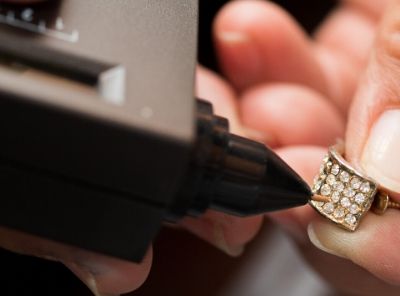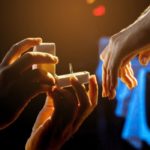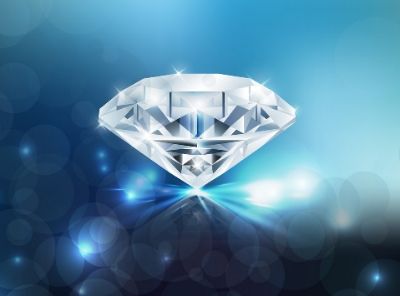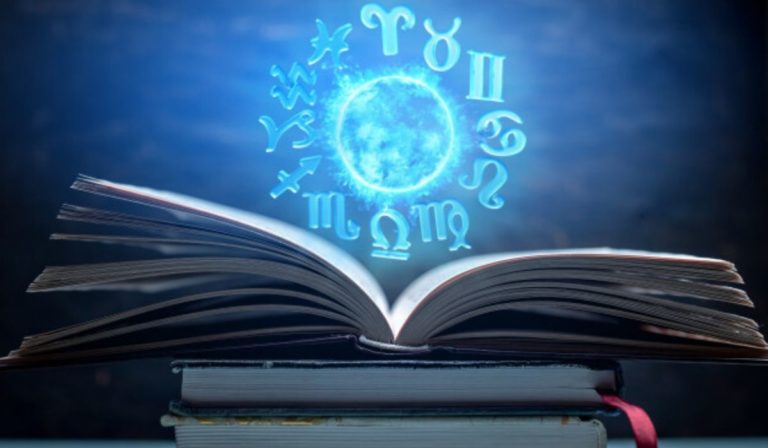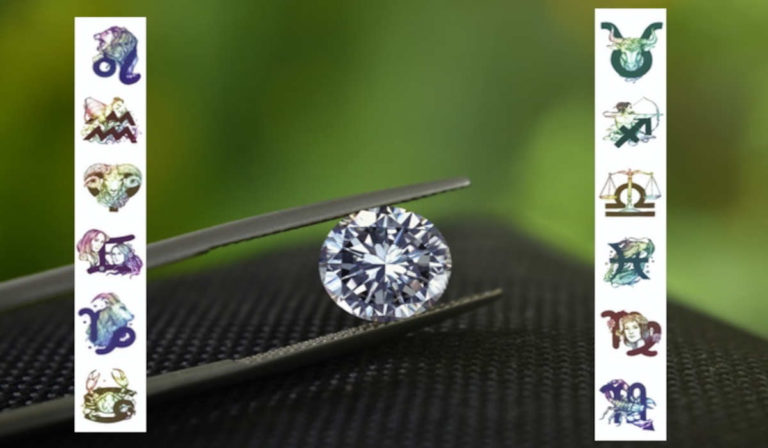When buying or selling a diamond, verifying its authenticity and determining its quality are two essential steps. Using a diamond tester is recommended at this point in the process. A diamond tester is a hand-held instrument that can distinguish real diamonds from fake ones and detect diamond imitators. In this article, we will investigate the world of diamond testers, learn how these devices function, and talk about the accuracy of these devices as well as the limitations they have.
How Does a Diamond Tester Work?
The thermal conductivity of diamonds is the fundamental tenet upon which the operation of a presidium diamond tester is predicated. Diamonds stand out from other types of gemstones due to their singularly exceptional thermal properties. A probe or sensor pressed against a diamond’s surface makes up a diamond tester in its most basic form. When the button on the probe is pressed, it collects data on the stone’s thermal conductivity and displays the results. If you are wondering how to test diamonds with diamond tester, you might have to do some research.
Types of Diamond Testers
1. Thermal Conductivity Diamond Testers
Diamond testers rely on diamonds having exceptional thermal conductivity compared to other gemstones. These gadgets have a heated probe that touches the gemstone’s surface to determine its quality. As the probe warms up, it transfers some heat to the gem. Due to their high thermal conductivity, diamonds quickly dissipate heat and have a negligible effect on the probe’s temperature. The temperature shift is greater in other gemstones or imitations due to their lower thermal conductivity. Most thermal conductivity testers are trustworthy and produce accurate results rapidly. They may have trouble telling the difference between real diamonds and diamond imitators with similar thermal conductivity.
2. Electrical Conductivity Diamond Testers
Diamonds are excellent electrical insulators, and diamond conductivity testers use this fact. This diamond and moissanite tester applies an electrical current to the gemstone and measures its resistance. Since they do not conduct electricity very well, diamonds have high resistance. Because of this, a diamond is the most likely candidate if the gemstone exhibits high resistance. Metal and some of its imitators have lower resistance because they conduct electricity more easily than other materials. Electrical conductivity testers can effectively identify diamonds and distinguish them from simulants. They may produce inaccurate results if the gemstone has been treated or enhanced in a way that affects its electrical conductivity. Moissanite diamond tester are quite popular.
3. Ultraviolet (UV) Light Diamond Testers
Diamonds fluoresce under certain ultraviolet wavelengths, and these detectors take advantage of this. These diamond cvd testers emit UV light onto the gemstone and observe its reaction. Although diamonds fluoresce blue, many imitations do not fluoresce another color. UV light testers or presidium adamas diamond tester can provide quick, preliminary indications of whether a gemstone is genuine or fake. Because some imitations also fluoresce, they are not a foolproof method for determining whether or not a diamond is real. In fact, diamond tester pen helps identify the authenticity of the sparkling gemstone with their reliable and precise testing capabilities.
4. Raman Spectroscopy Diamond Testers
Experts in diamond testing use Raman spectroscopy to examine the gem’s molecular structure and determine its composition. To determine what colors a gemstone is, these devices use laser beams to excite its atoms. The gem tester can tell if the stone is real or fake based on its molecular structure, which can be deduced from the radiance it emits. Raman spectroscopy testers offer advanced analysis and can accurately identify diamonds mixed with other gemstones in complex settings. They are typically more expensive and require specialized training to operate and interpret the results. You can find the GemOro diamond tester manual on their official website, which provides comprehensive instructions on using and calibrating the device for accurate diamond testing.
5. Diamond-Moissanite Testers
Diamond-moissanite testers are specifically designed to differentiate between diamonds and moissanite, a popular diamond simulant. These presidium diamond moissanite tester rely on the difference in electrical conductivity between diamonds and moissanite. They apply an electrical current to the gemstone and measure its response to determine whether it is a diamond or moissanite. Diamond-moissanite testers offer a focused solution for distinguishing between these two specific materials. They may not be as effective in identifying other diamond simulants or comprehensively analyzing a diamond’s quality.
Factors Affecting the Accuracy of Diamond Testers
1. Diamond Simulants
a. Impact on accuracy: The presence of diamond simulants, such as cubic zirconia or moissanite, can affect the accuracy of diamond testers. Simulants closely resemble diamonds in appearance but have different chemical compositions, thermal conductivity, or electrical conductivity.
b. False positive readings: Some diamond testers may incorrectly identify certain simulants as diamonds, leading to false positive results.
c. False negatives: On the other hand, diamond testers may fail to recognize certain diamond simulants, resulting in false negative readings.
2. Enhancements and Treatments
a. Impact on accuracy: Natural diamonds are often treated or enhanced to improve their color or clarity. These treatments can alter the gemstone’s thermal or electrical conductivity, potentially affecting the accuracy of diamond testers.
b. Inconsistent readings: Treated or enhanced diamonds may exhibit conductivity properties that differ from untreated diamonds, causing variations in the readings obtained from diamond testers.
c. Potential misidentification: Sometimes treated or enhanced diamonds may give false readings, leading to inaccurate identification or grading.
3. False Positives and False Negatives
a. Impact on accuracy: Diamond testers can produce false positive and negative results.
b. False positives: A false positive occurs when a diamond tester incorrectly identifies a simulant or another gemstone as a diamond. This can happen due to similarities in thermal conductivity or electrical conductivity.
c. False negatives: A false negative occurs when a diamond tester fails to recognize a genuine diamond, potentially due to factors like low-quality testers or calibration issues.
4. Tester Quality and Calibration
a. Impact on accuracy: The quality and calibration of diamond testers play a significant role in their accuracy and reliability.
b. Calibration issues: Improper calibration or lack of regular calibration can lead to inaccurate readings and unreliable results.
c. Tester quality: Different brands and models of diamond testers may vary in accuracy, sensitivity, and ability to distinguish between diamonds and simulants. Choosing a reputable and well-calibrated tester can enhance the accuracy of diamond testing.
5. Testing Non-Traditional Diamonds
Fancy-Colored Diamonds: Diamond testers may struggle to accurately identify fancy-colored diamonds. These diamonds possess unique colorations due to trace elements, which can affect their thermal conductivity or electrical conductivity. As a result, the best diamond tester may provide inconsistent or inconclusive readings for fancy-colored diamonds.
Laboratory-Grown Diamonds: Distinguishing laboratory-grown diamonds from natural diamonds can be challenging for diamond testers. Lab-grown diamonds have the same physical and chemical properties as natural diamonds, making it difficult for testers to differentiate between them accurately.
6. Accuracy Variations Among Different Testers
Inconsistent Results: Different brands, models, or versions of diamond testers can yield varying levels of accuracy. Some testers may be more sensitive and accurate in detecting diamonds and distinguishing them from simulants, while others may provide less reliable results.
Quality and Calibration: The accuracy of diamond testers is highly dependent on their quality and calibration. Lower-quality testers or those not properly calibrated may produce less reliable results, leading to a higher likelihood of false positives or negatives.
Advanced Simulants: Some advanced diamond simulants are designed to closely mimic diamonds’ thermal or electrical properties. These simulants can deceive traditional testing methods, making it challenging for the best diamond tester to differentiate them accurately.
Uncommon Simulants: Lesser-known or rare diamond simulants may possess unique properties that standard diamond testers are not well-equipped to recognize or calibrate. As a result, these testers may provide ambiguous or inconclusive results when testing such simulants.
Operator Proficiency: The accuracy of diamond testers can be influenced by the proficiency and skill of the operator. Incorrect usage or improper technique can introduce errors and impact the reliability of the results obtained from the best diamond tester for rough diamonds.
Interpretation of Results: Proper interpretation of the readings from diamond testers requires knowledge and experience. Misinterpretation or lack of understanding can lead to inaccurate conclusions regarding the authenticity or quality of a diamond.
Limitations in Assessing Diamond Quality
Limited Grading Parameters
The primary objective of diamond testers is to differentiate real diamonds from synthetic diamonds based on their thermal or electrical properties. On the other hand, they do not offer detailed information about the overall quality of a diamond, such as its color, clarity, cut, or carat weight. Even a diamond tester online utilizes advanced algorithms and image recognition technology to assess the authenticity of diamonds, providing a convenient and reliable way to evaluate precious gemstones from my home.
Additional Grading Methods Needed
Additional grading methods that experienced gemologists or diamond grading laboratories carry out are required to determine the quality of a diamond. It is possible that CVD diamond testers on their own can not provide a comprehensive assessment of a diamond’s authenticity and quality.
Conclusion
While diamond testers are helpful for quickly eliminating low-quality stones from consideration, they have their limits. To make educated decisions when evaluating diamonds, it is essential to be aware of these constraints.
Some of the most significant restrictions involve the difficulty in assessing diamond quality parameters, the human element in operating and interpreting results, the variation in accuracy between different testers, the difficulty in identifying certain advanced or uncommon diamond simulants, and the limited scope of assessing diamond quality parameters.
Diamond testers help get a general idea of a stone’s quality but should not be used as the final arbiter. Professional gemologists and diamond grading laboratories are your best bet for accurately evaluating your diamond’s color, clarity, cut, and carat weight.
Individuals can make better decisions when buying, selling, or appraising diamonds if they know the diamond tester’s limitations and use them as screening tools in addition to expert evaluation.
FAQs
To read a diamond tester, you need to follow the specific instructions provided by the manufacturer of the tester you are using. Generally, diamond testers will display a reading or indicator that signifies whether the tested stone is likely a diamond or a simulant. The reading could be in lights, beeps, or a digital display.
If you don’t have a diamond tester, there are alternative methods to test diamonds:
Visual Inspection: Examine the diamond for brilliance, fire, and scintillation. Natural diamonds typically exhibit exceptional sparkle and light performance.
Fog Test: Breathe on the diamond as you would on a mirror. A real diamond will disperse the fog quickly, while simulants may retain the fog longer.
Water Test: Drop the diamond into a glass of water. A genuine diamond will sink to the bottom due to its high density, while simulants may float or remain suspended in the water.
The accuracy of a diamond tester can vary depending on factors such as the quality of the tester, its calibration, and the type of gemstone being tested. High-quality and properly calibrated diamond testers can provide reliable results in distinguishing diamonds from simulants. However, it’s important to note that no testing method is infallible, and there can be limitations and false readings associated with diamond testers.
Diamond testers are designed to distinguish diamonds from other gemstones or simulants. They rely on the differences in thermal conductivity, electrical conductivity, or other properties between diamonds and simulants. However, diamond testers may be unable to differentiate between certain simulants that closely mimic the properties of diamonds. Professional gemological expertise and additional testing methods may be required for a definitive analysis and grading.
Diamond testers are primarily designed to test and identify diamonds. While some diamond testers may indicate other gemstones, their accuracy in identifying non-diamond gemstones can be limited. Different gemstones have distinct physical and chemical properties, and specialized equipment or techniques are often needed to identify and authenticate specific gemstone types.
When using a diamond tester, the response or indication displayed will vary depending on the tester model. Generally, if the tested stone is a diamond, the tester will show a positive result, such as lighting up, beeping, or displaying a “diamond” symbol. If the stone is a simulant or a non-diamond gemstone, the tester may show a negative result or no response.

